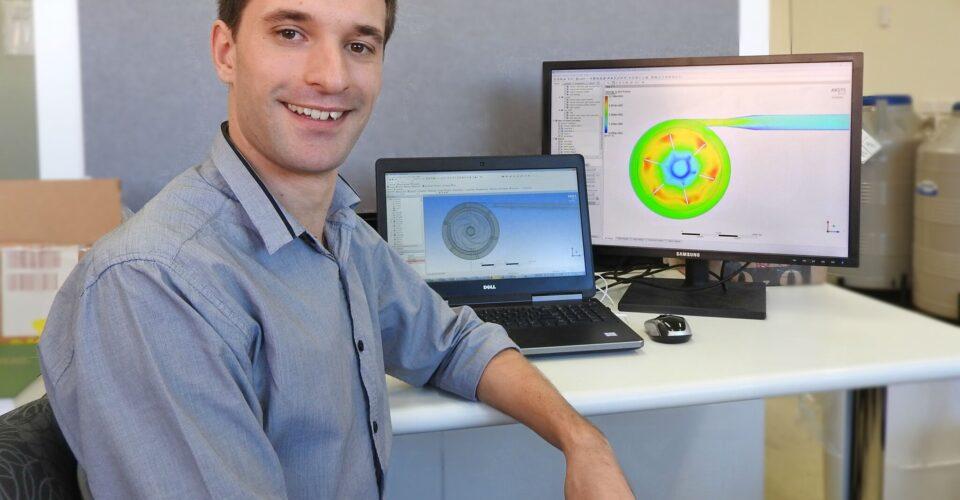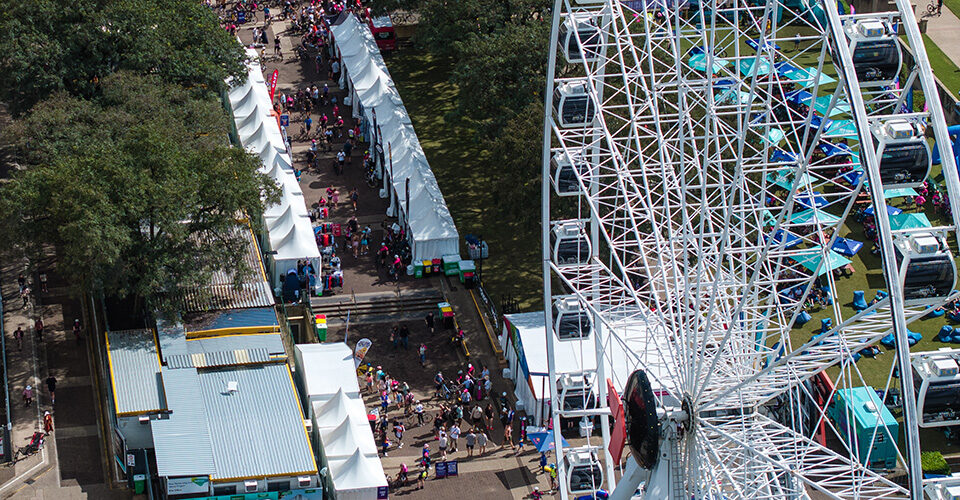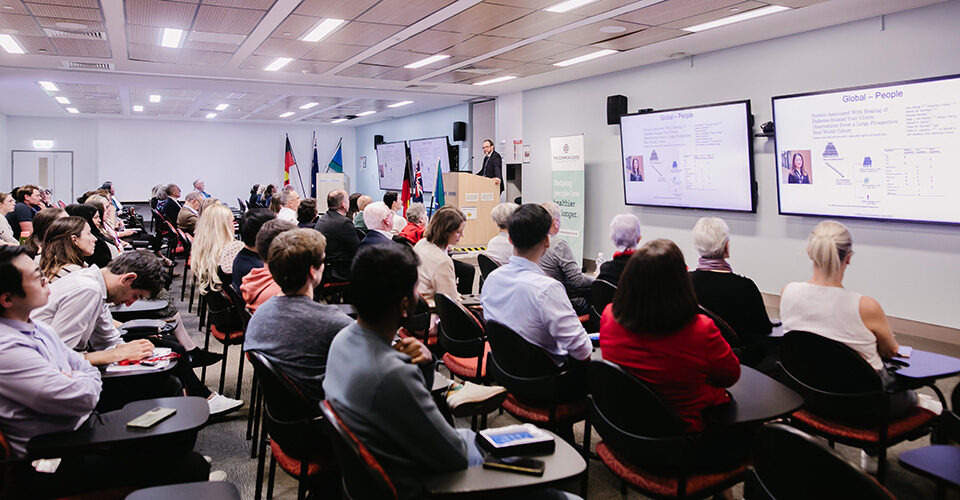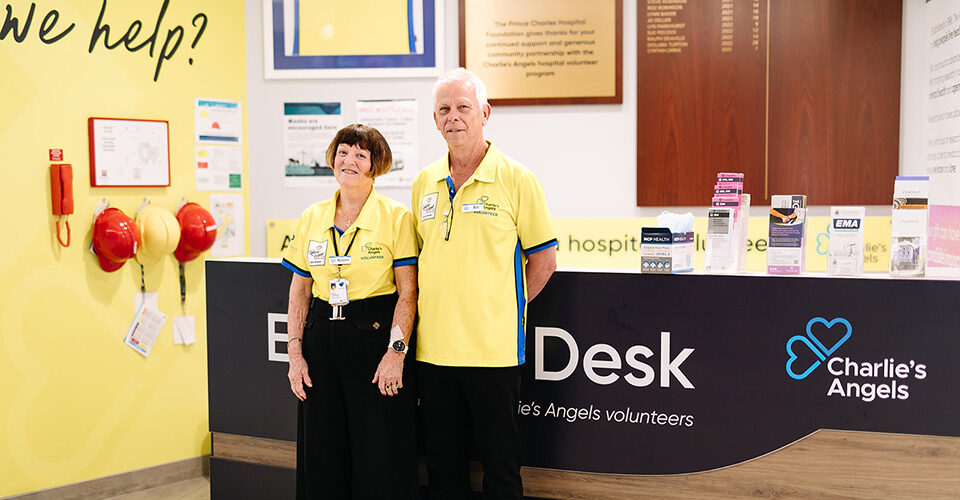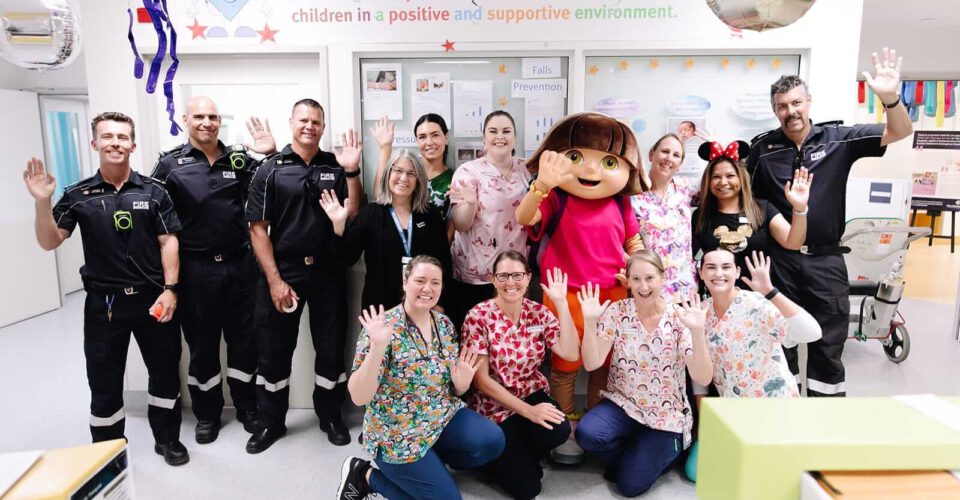For New Investigator Clayton Semenzin, medical research was far from his mind while completing his thesis and undertaking work experience with the Triple 8 Racing Team.
Now, Clayton is using the very same technology he used to simulate air-intake in engines and optimise refuelling processes in racing pit stops to save lives – from fuel pumps to heart pumps.
As part of the Innovative Cardiovascular Engineering and Technology Laboratory, Clayton will use this computational fluid dynamics (CFD) simulation program to develop and optimise an efficient and cost effective blood pump to be used within a ventricular assist device (VAD) – or mechanical heart pump.
The use of CFD will allow Clayton to conduct the majority of his preliminary design work and testing faster and earlier on in the development process than traditional time and resource heavy methods such as repeated physical modelling and testing.
This is a technologically innovative approach to pump development; currently when designing this style of pump from scratch researchers must base their models from textbooks, the majority of which are still based on industrial-sized pumps. Therefore, when researchers try to use them for smaller blood pumps they do not scale down well. Those initial designs are generally fairly poor, requiring a significant rebuilding/redesigning and testing to reach the final stage.
Clayton’s is aiming to perfect the computer modelling system to create those initial models through the software, rather than build them, fine tuning as much as possible within the program-until they reach a point where they need to be built and physically tested. These physical models will be at a much more advanced and “final” stage than previous modelling allowed.
His project, with others, has the potential to make producing a range of heart pumps and other life-saving medical devices more efficient, more affordable and, in future, potentially more accurate.
